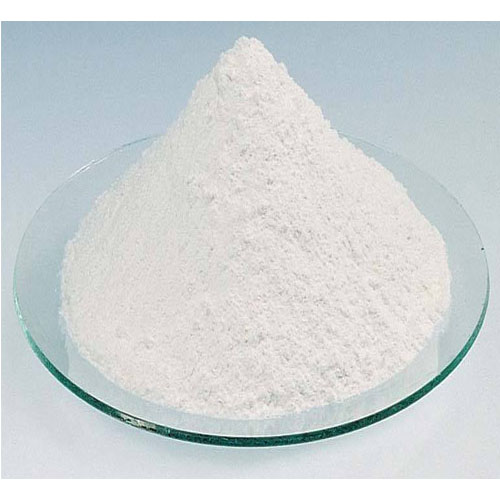Application of Clay Mineral Materials in Uranium-Containing Wastewater Treatment

Clay minerals are usually layered structures with silicon-oxygen tetrahedron sheets and aluminum-oxygen octahedron sheets connected by shared oxygen in different proportions. They have the characteristics of large specific surface area, strong cation exchange capacity, and ability to adsorb heavy metals and organic matter. The adsorption, desorption and precipitation of uranium ions on the variable charge surface can control the migration and enrichment of uranium elements. It is an ideal adsorption material for uranium enrichment adsorption in solution and uranium removal and recycling in wastewater.
1. Kaolin materials
As one of the most important clay minerals in the natural environment, kaolin plays a key role in fixing and delaying the transfer of pollution. In recent years, the starting point of research on the adsorption of uranyl ions on kaolin is based on the existence of functional groups on the surface of kaolin that can react with uranyl ions. The materials with better adsorption properties obtained by kaolin modification are uranium adsorption materials. One of the main research directions in the future.
2. Attapulgite clay materials
Attapulgite has a unique layer-chain crystal structure, slender fibers, porous, large surface area, and good adsorption performance. The Si4+ contained in attapulgite is replaced by Al3+, and the residual negative charge that appears enables it to adsorb heavy metal ions and radionuclides from the aqueous solution.
The naturally occurring attapulgite clay is endowed with unique properties of composite materials through activation or modification treatment, which can be widely used in environmental wastewater treatment, and the removal, enrichment and utilization of radionuclide uranium provides an inexpensive adsorption and separation material.
3. Montmorillonite materials
Montmorillonite has the advantages of large expansion, strong ion exchange capacity, and the ability to adsorb a large amount of uranium. However, natural montmorillonite is not efficient in treating uranium-containing wastewater, and its adsorption capacity and adsorption performance can be improved by modification.
4. Halloysite materials
Halloysite is a kind of natural clay mineral with unique structure, environmental friendliness, low cost and easy availability. Using its unique structural characteristics and adsorption characteristics, composite materials with efficient uranium adsorption can be prepared. It has a very large role in the field of uranium adsorption materials. potential.
5. Illite materials
Illite is a stable, high load-carrying capacity, low-cost clay mineral. It is a good adsorbent and can remove heavy metals in solution. Illite is also a useful carrier material, which can reduce the aggregation effect and improve its performance. It is an efficient and excellent uranium adsorption material due to its activity and carrying capacity.
